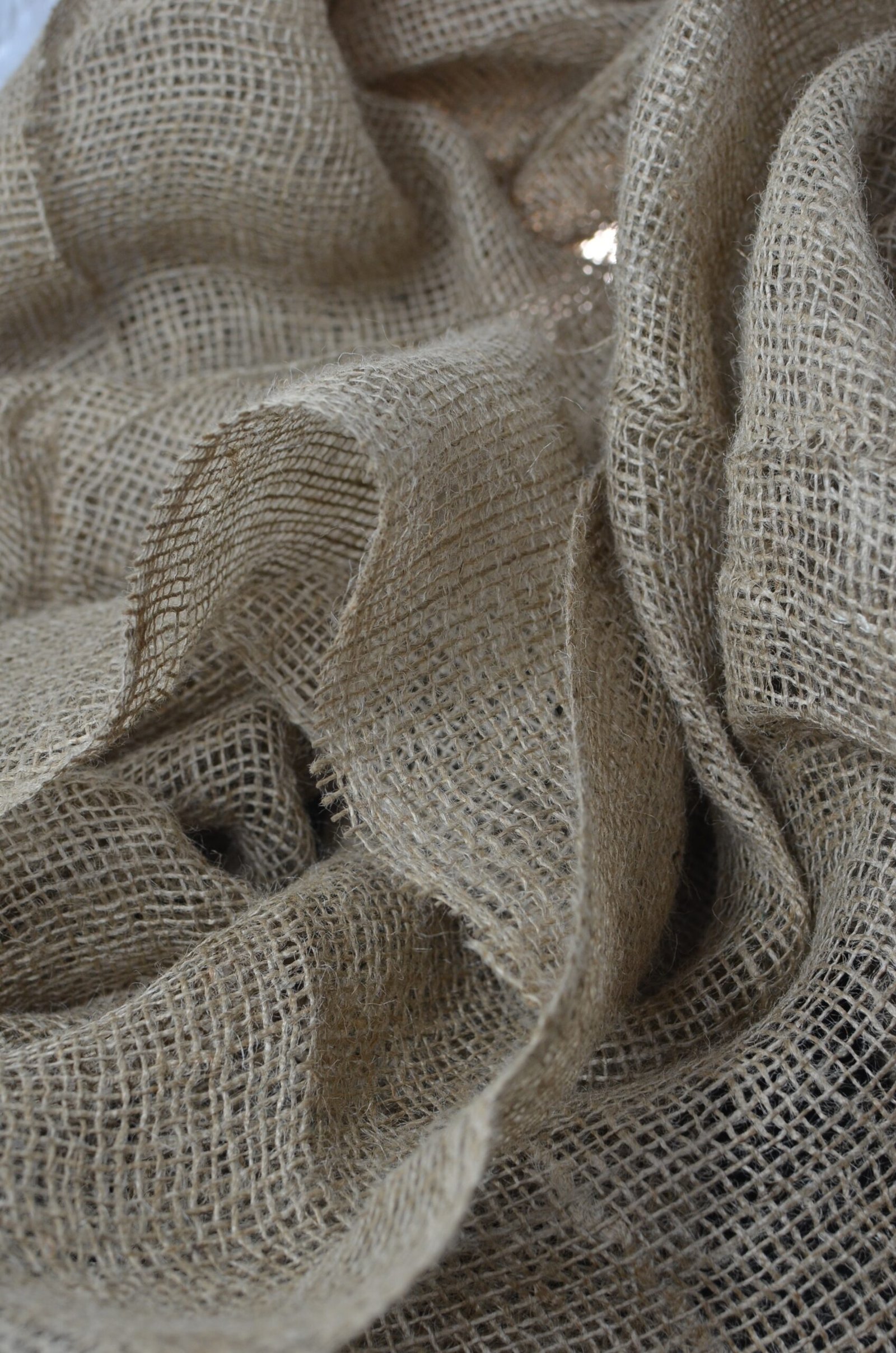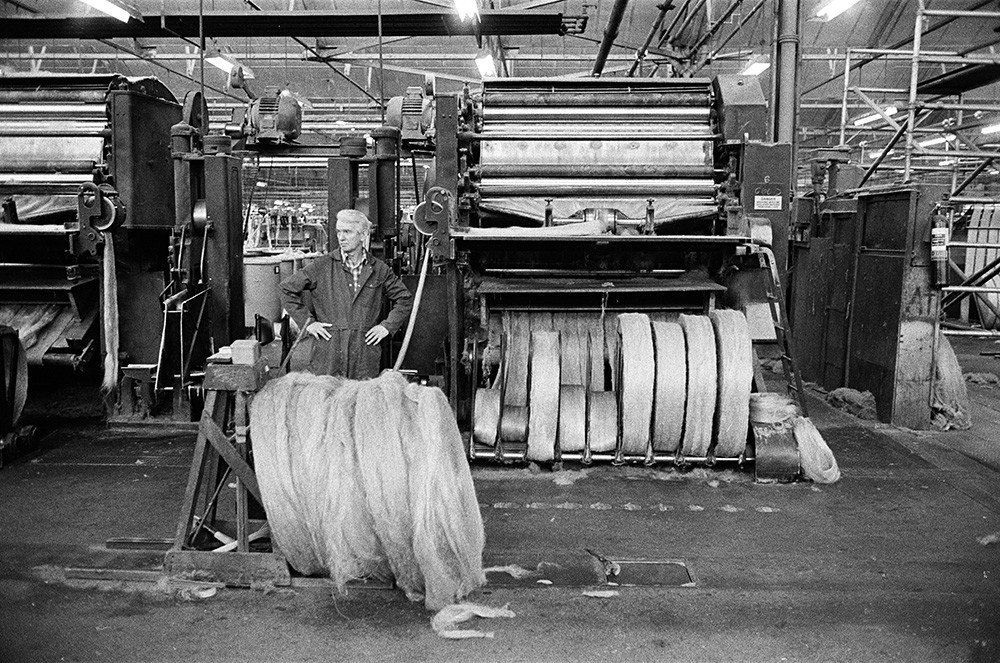Jute is the second most highly produced fiber in India only preceded by cotton. Numerous properties as well as easy availability make it one of the most affordable natural fibers. It also enhances Jute industry development in greater world. Raw jute is a soft, shiny fiber obtained from the skin of the main plant, then processed into golden coloured strong thread, burlap, hessian or gunny fibers. Apart from being fully biodegradable and recyclable, jute fibers have low thermal and moisture conductibility making it ideal for storage purposes. It has stable insulating property too and is non-irritant as a fiber. If drawn into comparison to its contemporaries like plastic, synthetic fibers jute is completely biodegradable and causes zero harm to the environment. Jute degrades completely within 1-2 years leaving no harmful residue.
Jute is the raw material derived from plants namelyCorchorus olitorius and Corchorus capsularis. Corchorus olitorius is more abundant but the obtained fiber is coarse. Whereas the fiber of Corchorus capsularis is fine, silky and superior in quality. These plants are indigenous to tropical and subtropical environments. Jute plant grows mostly all through the year along the sub continents of India.Jute cultivation is concentrated mostly around East Bengal and few areas of West Bengal.

History of jute fiber and Jute industry development
In ancient periods, during the Indus valley civilization, in Africa and India jute stems were weaved to make burlaps for storage and jute leaves were used as a source of food. In documented history, jute material was first discovered in China. A small parchment with Chinese characters encrypted in it was found in the Gansu province, northwest china during the reign of western Han dynasty.. Paper made from jute were also used by Jews in designing, ‘jiaozi’, this was all stated by a researcher of the Harbin Academy of Sciences and expert of Jin history around 206 BC – 220 AD.
Numerous historical documents stated that during the Mughal rule, in the rein of Akbar poor villagers used to make clothes with jute fibers. Weavers especially in Bengal used small weaving machineries to produce small scale handlooms, threads, cloths and other house hold commodities from ‘white jute’ during this period
Development of jute industry in India
After knowing the numerous attributes of jute in every part of industry and house hold, during the 17th century the French and Dutch imported jute from Bengal. Later in the 19th century the East India Company came to know about the properties of jute, and exported jute to Britain. During the reign of east india company in india , jute industry bloomed.
Margaret Donnelly I was the first jute mill owner in Dundee, India during the 1800s. They have monopoly in India and East India Company traded for jute raw material singularly with them. During the years of 1830’s, the Dundee spinners learned how to spin jute yarn by technologically modifying the power-driven flax machines. Therefore, the jute industry in Dundee saw a considerable increase in the production and export of raw jute from the Indian sub-continents which was the only supplier of this primary jute materials.
Calcutta as the hub of Jute industry development
Eventually it was discovered that Calcutta can be the hub for jute industry. Jute mainly grows in Bengal, there is port facility for export and cheap and huge labour supply makes Bengal favorable for the establishment of jute industry. Thus the first jute mill was established at Rishra, on the River Hooghly near Calcutta in 1855. Within a span of few years, 5 more jute mills were opened around Calcutta with 950 working looms. And in the initial part of 20th century there were more that 38 companies exporting billion of yards of jute fibre abroad. Initially jute mills were concentrated in the areas of Dundee and Calcutta but eventually countries like France, Germany, Belgium, Italy and many more started manufacturing jute.
Furthermore, in proceeding three decades India and mainly Bengal saw a huge bloom in the jute industry. There were around 68377 looms along the sides of river Hooghly, near Calcutta. These looms alone were able to fulfill the worldwide demand of raw jute as well as jute products around the world.
Jute industry development post independence


In the initial part of jute production the fibers were coarse packaging materials but with experience finer quality was produced in India which is known as burlap or hessian. This quality was highly appreciated in the world and production and demand increased manifolds making India and mainly Bengal leading manufacturer of burlap.

The scenario post-independence was different, after the East India Company left India most of the jute mills were taken over by marwaris and after partition Pakistan wanted share of the jute industry infrastructure knowing the prospect of it. But most jute industry were set in Bengal and was impossible to shift. So Pakistan eventually set its own jute mills and started manufacturing also. But when Bangladesh separated from Pakistan it took away most of the jute mills and to control the situation Bangladesh established Bangladesh jute Mill Corporation.
In the current scenario, jute industries are mainly centralized in the subcontinents of India and India and Bangladesh are the leading producer, manufacturer and retailer of jute.


